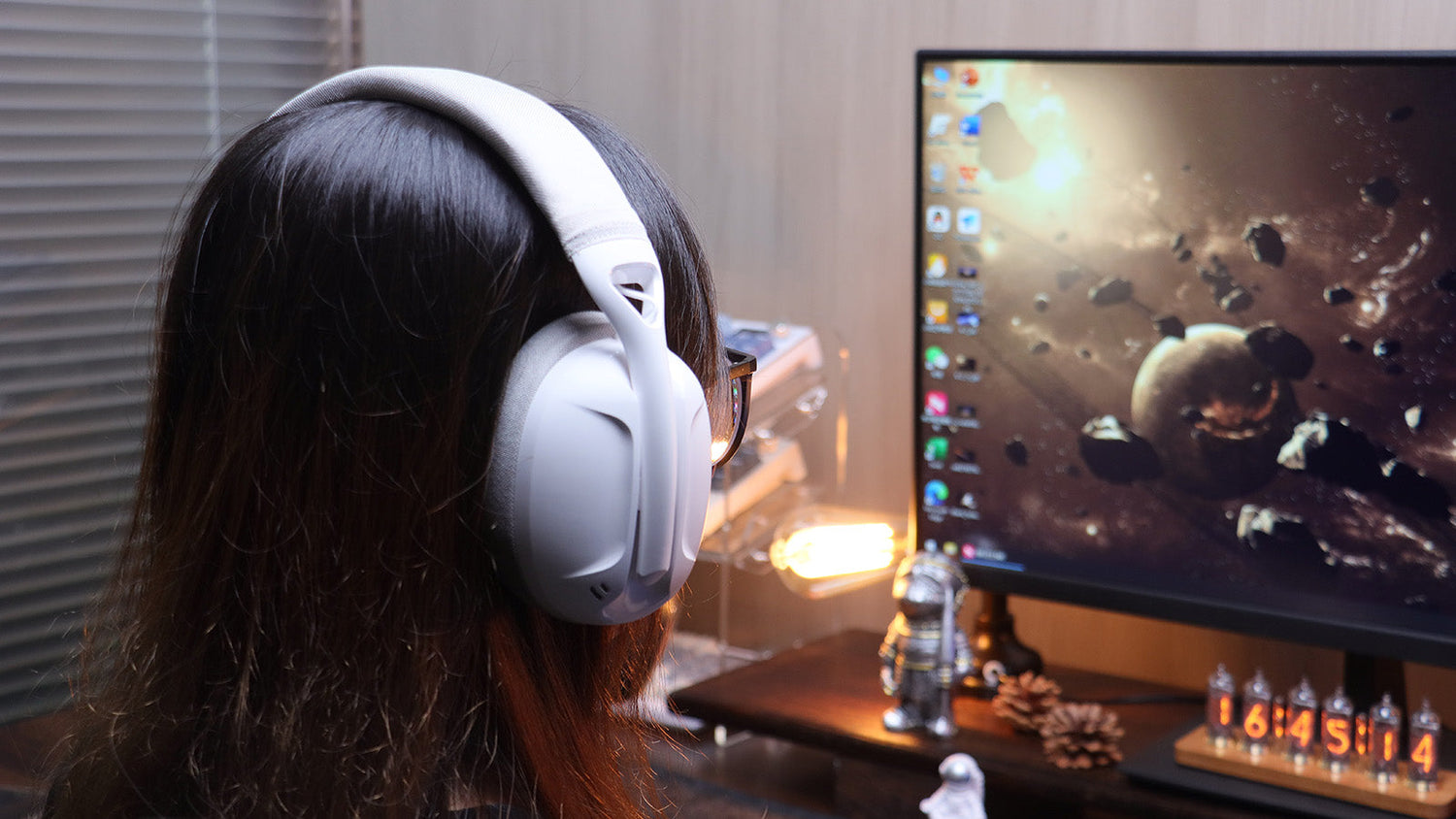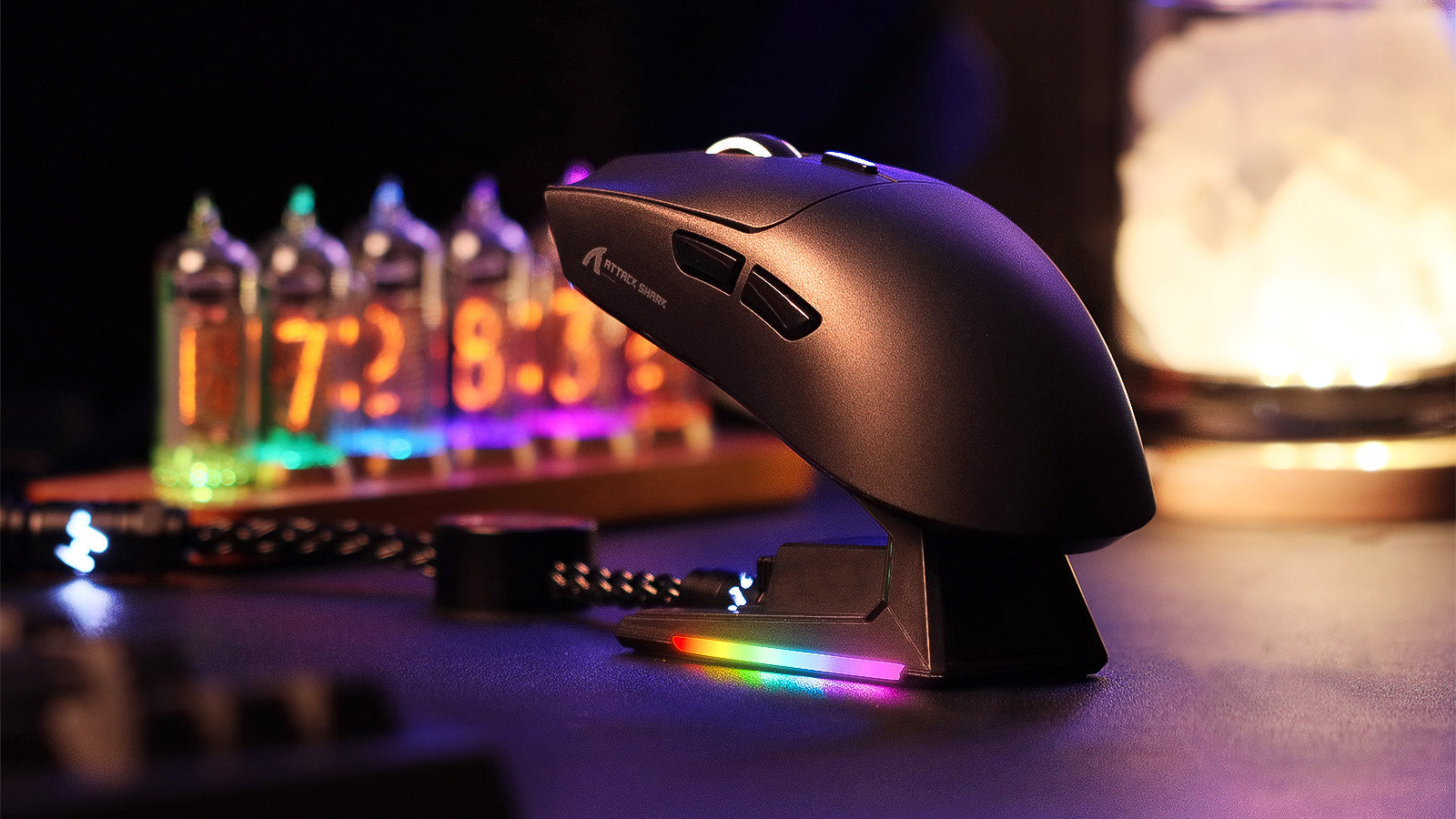In our online world, headsets are a familiar device that you see in busy offices, home offices, and game setups. But many of us just keep a phone pressed to the ear, use sub-standard earbuds, or make do with a shaky laptop microphone.
But a real headset is something more than a headphone set and a mike. This guide will explore the key benefits of a headset, show its best usage situations, and allow you to understand why it is a safe investment to make when it comes to work and play.

The Core Benefits of Using a Headset
A real headset will improve your daily sound and communications significantly. Good things about them are more than just that they're easy to use. They make a difference in how you work and how comfortable you are.
Better Audio Quality
First of all, you will appreciate a tremendous improvement in sound. While earbuds have tiny speakers that are only capable of producing a thin and lightweight sound, headsets have larger speakers that are capable of producing a more complete and detailed sound. They also incorporate a microphone that is designed to capture your voice audibly. A microphone on a boom arm that is positioned close to your mouth will automatically give you a higher and more professional-sounding voice compared to a tiny mic on a cable or laptop.
Hands-Free Ease and Productivity
This is probably its biggest advantage. A headset frees your hands. This enables you to type, to jot down notes, or to do something else when you're on a call. To an individual whose job requires a lot of calls or video conferences, this ability to have it without having to hold a phone against your neck is a real blessing to getting more work done.
Better Focus and Noise Blocking
The world is distracting, and noise abounds that can quickly disrupt your focus. Headsets, particularly on-ear and over-ear headphones, create a physical barrier that eliminates much peripheral noise. This enables you to give your call or work your undivided attention. Several new headsets also incorporate Active Noise Cancellation (ANC). This is a technology that hears external noise and generates an equal and opposite noise to eliminate the noise and produce an exceedingly quiet space.
Better Comfort
Keeping a phone to your ear to make a long call is hard on your neck and shoulders. Earbuds that keep falling out are distracting. Actual headsets are designed to be used for an extended time. They are typically soft, cushy earcups and lightweight so that you can have them on all day long. This emphasis on comfort is highly desirable for anyone who speaks a lot as part of their work.

Headsets in Action: Situations Where They Shine
You can really see how useful a headset is when you look at the problems it solves in different situations. From a busy office to a relaxing evening at home, a headset is a great tool.
- Remote Work and Video Meetings: For the many people who work from home, a headset is very important. A noise-canceling microphone can block out the sounds of kids, pets, or things around the house, so your coworkers only hear you. This makes you sound more professional right away.
- Call Centers and Customer Service: In these jobs, you must have a headset. Workers spend their whole day on the phone, often in a room with other people talking. A good headset with a noise-canceling mic is very important so the customer can hear the agent clearly, without being bothered by the noise of the office.
- Open-Office Spaces: In a noisy open office, a good pair of over-ear headsets does two things. It blocks out conversations to help an employee focus, and it also works like a "do not disturb" sign to coworkers.
- Gaming: For gamers, a headset is an important tool for playing well. Good sound lets you hear small sounds in the game, like footsteps behind you. A clear microphone is also very important for talking with teammates in multiplayer games.
- Commuting and Travel: A good pair of noise-canceling headsets can change the stressful feeling of traveling on a plane or train. By blocking out the sound of the engine and other people, they create a quiet space for yourself, letting you listen to music or just enjoy the quiet.

Key Features to Look for When Choosing a Headset
Not all headsets are the same. When you're about to purchase a new one, a set of variables will come into consideration in your deciding which is suitable for you.
Connection Type: Wired vs. Wireless
Your initial choice is how it will connect. A wired headset that connects through a USB or headphone jack is about as reliable as it gets. You won't have to worry about a dead battery or dropped connection. A Bluetooth wireless headset lets you move your body around without having to be rooted in a chair. You will have to charge it, however.
Microphone Quality and Features
A headphone and a headset vary mainly in that a headphone is equipped with a microphone. You'll want a noise-canceling mic if you plan to wear the headset in a noisy room. This is a type of microphone that employs a second microphone to locate and eliminate background noise. You'll also want to examine the type of mic. An adjustable boom-style mic that you can move in front of your mouth will inevitably have superior voice quality to a small omnidirectional-style mic that is integrated into the cord.
Form Factor: On-Ear, Over-Ear, or In-Ear?
Headsets come in a few different styles, and each has its own good and bad points.
- Over-Ear: These headsets have large earcups that completely cover your ears. They block the most outside noise and are often the most comfortable for a long time.
- On-Ear: These are smaller, with earcups that sit on your ears. They give a good mix of sound quality and being able to hear what's around you.
- In-Ear: These are not as common for headsets with boom mics, but they have a design like earbuds. They are the easiest to carry.





Leave a comment
This site is protected by hCaptcha and the hCaptcha Privacy Policy and Terms of Service apply.